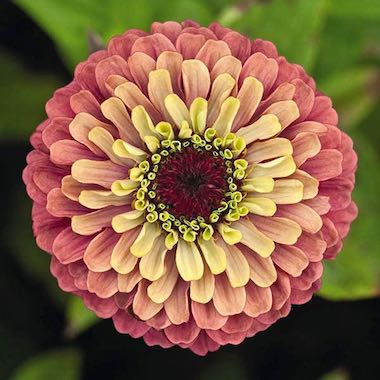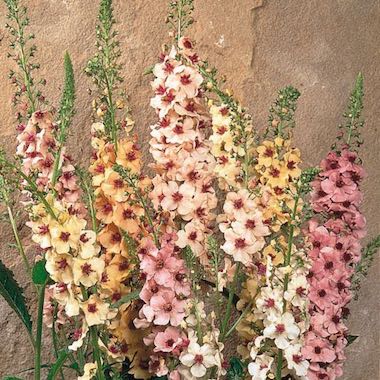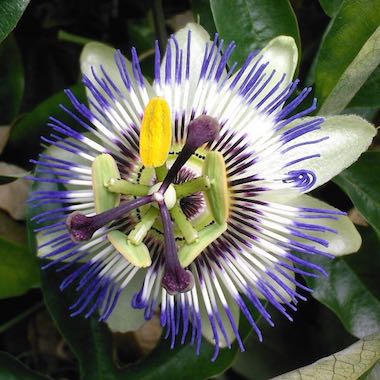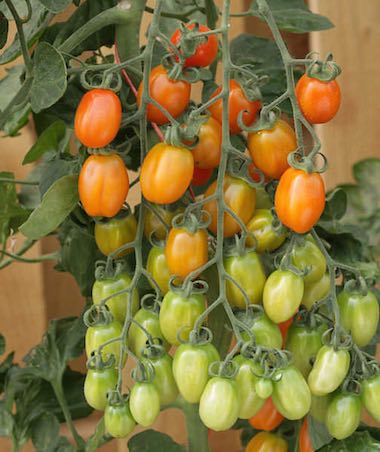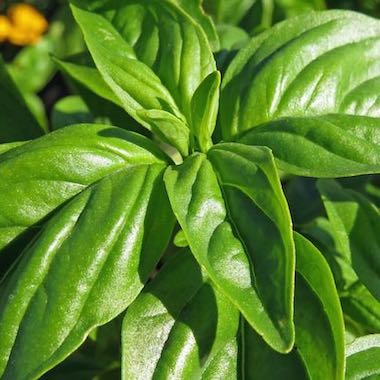Garden Pests: Slugs and Snails


Ways to control slugs and snails in your garden:
-
Water in the morning, not in the evening.
Watering in the morning allows the soil surface to dry out before nighttime when slugs and snails are most active. Slugs and snails prefer to travel on moist surfaces. Dry surfaces will slow down their activity and limit the subsequent damage to your plants.
-
Share a beer with the slugs and snails.
Fill a shallow dish with beer and place it in your garden. Slugs and snails are attracted to beer and will drown when they go for a drink.
-
Go hunting at night.
Slugs and snails are most active at night. Going out after dark with a flashlight will allow you to find the slugs and snails as they leave their hiding places in search of food. Some people like to salt the slugs. My grandmother likes to spear them with a chopstick. My mom likes to cut them with scissors and my nephew likes to collect and relocate. I prefer cutting them with scissors as I fear relocating or salting them could cause future problems in the garden.
-
Build homes for slugs and snails.
Slugs and snails like to spend their days in cool, moist and dark locations. You can often find them hiding under pots, piles of leaves, dense shrubs and ground covers, boards, stones and just about anything else that may create a cool, moist and dark location. If you have spaces like this in or near your garden, check them during the day and you will likely find slugs and snails hiding in them. Regularly checking these ideal hiding places and killing them (or relocating them far away) will quickly reduce the slug and snail populations in your garden. If you don’t have any of these ideal slug and snail homes in your garden, building some will allow you to easily find these pests and begin controlling their populations. I keep only a limited number of ideal homes for slugs and snails in my garden so I can easily find them without having to search under every pot and leaf pile in my garden.
-
Attract predators into your garden.
Snakes, frogs and some birds including chickens like to eat slugs and snails. Providing habitat for these predators will help keep the populations of slugs and snails under control. Be careful with chickens as they will also like to eat many of the plants in your flower and vegetables gardens.
-
Create circles with sharp and gritty materials.
Surround your affected plants with diatomaceous earth, crushed eggshells, sand or other rough surfaces like lava rock. Slugs and snails will be deterred and/or killed by the barriers of sharp and gritty materials.
-
Decorate your pots with copper tape.
Copper can be used to build effective and long-lasting barriers to slugs and snails. It is believed that slugs and snails feel something like an electrical shock when they come into contact with copper. I’ve seen copper work well and not work at all. Maybe some slugs like the shock or whatever we’re growing on the other side of the barrier is worth the pain!
-
Commercial Slug Baits.
Commercial baits are available in conventional and organic formulas. The safest options for people, pets and wildlife have ferric phosphate as the active ingredient. Other formulas use ferric sodium which is highly toxic. Do not put bait too close to your plants. Bait attracts slugs and snails but does not kill them right away.


